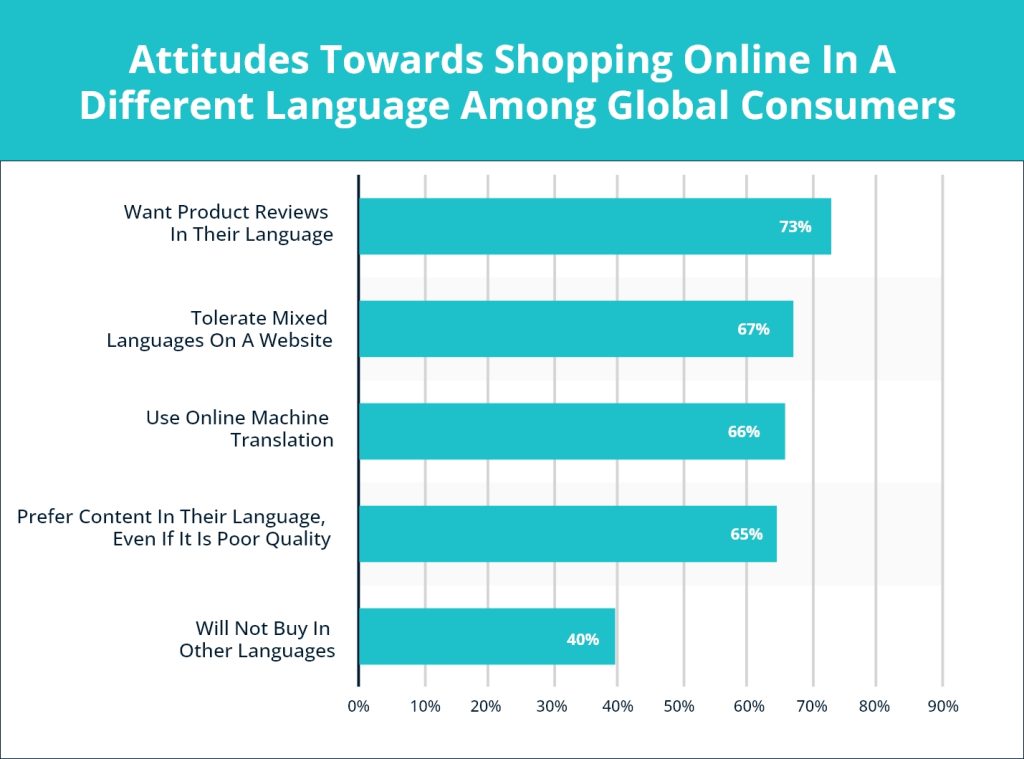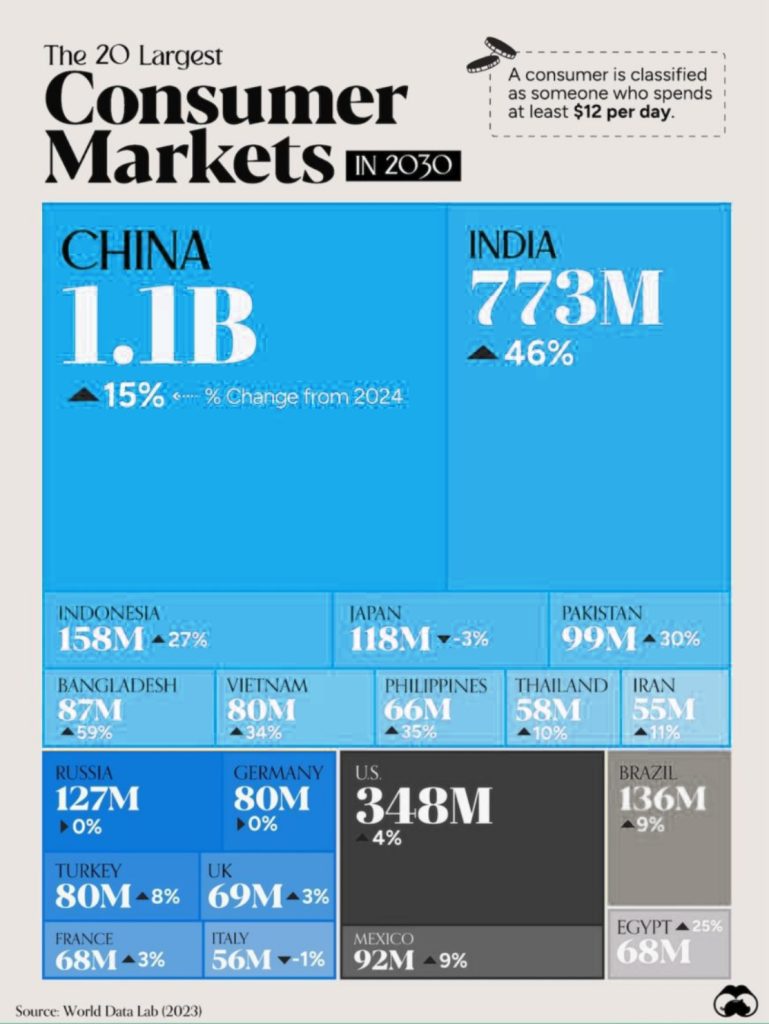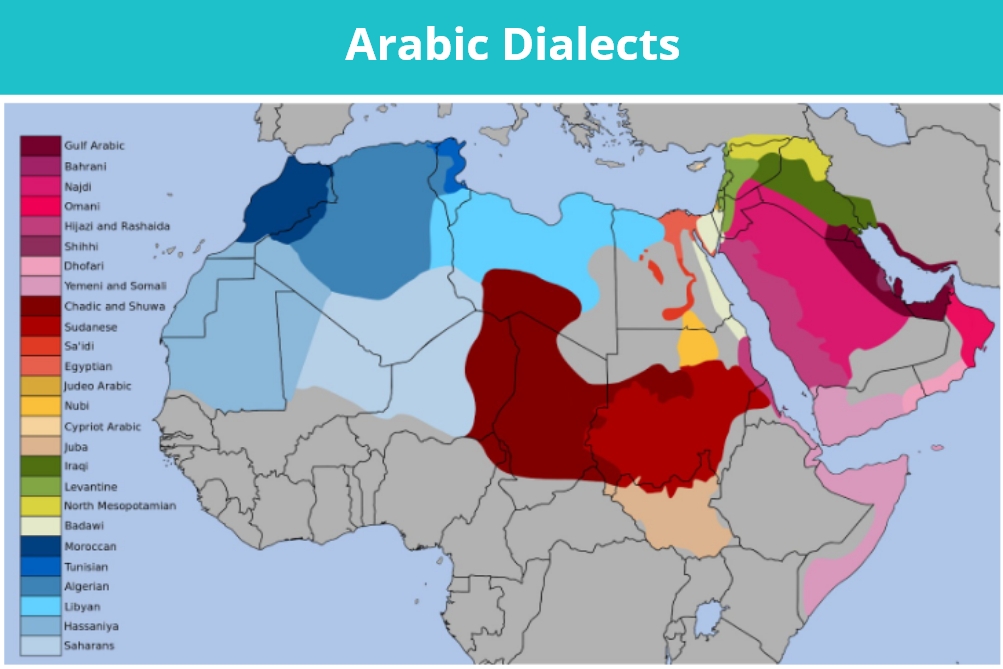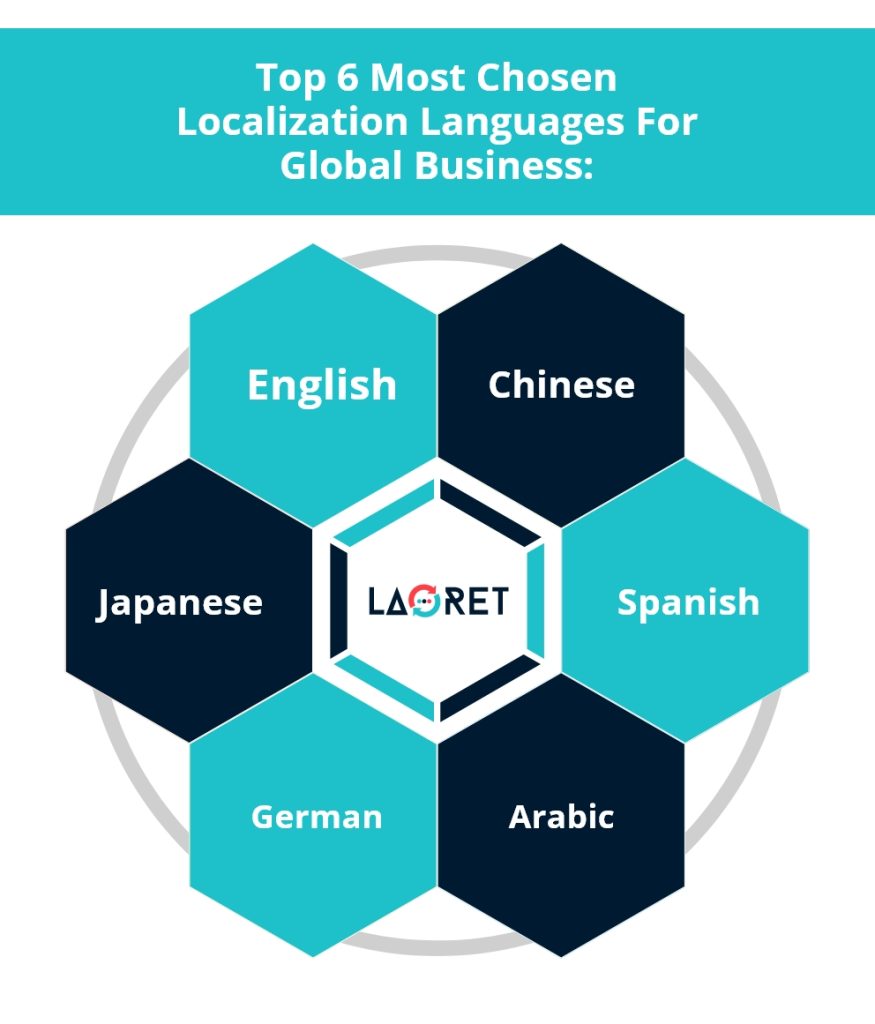Choosing the Right Localization Languages: A Guide for Global Business Growth
An online survey run by Statista shows that 73% of online shoppers would prefer the product description and reviews to be in their native language, and 40% of them would not buy a product when it’s introduced in another language.
This statistic reflects the importance of choosing your localization languages carefully so that they resonate with the potential customers of your new target market and, in turn, enhance the growth of your customer base and global market reach.
In this blog, we will guide you through deciding which localization languages are the key to improving your customer’s shopping experience and are perfect for your market expansion and international reach.
Attitudes Towards Shopping Online in a Different Language Among Global Consumers
Why Making Wise Localization Language Choices Matter:
Localization is the process of adapting your website to a specific region’s language, and wisely choosing localization languages is actually the real deal, and here’s why:
1- Maximize Business Reach
Making the right localization language choices contributes significantly to maximizing your business reach. Selecting the right target languages and converting all your content to them will lead your target audience to relate to your content, allowing a smooth and successful penetration into new markets.
2- Increase User Engagement
Adapting your website to your target audience’s native languages will increase the chances of your visitors interacting with your brand and your website’s content. It makes you sound closer and more familiar to the local audiences and fosters a sense of emotional connection that subsequently increases user engagement.
3- Improve Brand Perception
Deciding to localize your website’s content to the target languages of your audience and their local cultural nuances will make them feel like the center of your brand’s attention. It shows that your brand understands and respects the local culture and that it is more aware and invested, leading to an improved brand perception.
4- Lead to Higher Conversion Rates:
In addition, selecting specific localization languages wisely can lead to higher conversion rates. When your target audience gets exposed to your content in their native languages repeatedly, they will grow to trust you and will easily and smoothly convert to the latter stages of the marketing process.
On the other hand, making poor choices when specifying the target languages may lead to damaging the brand’s image and suffering from difficult market reach and a negative user experience.
 Top 6 Most Chosen Localization Languages for Global Business:
Top 6 Most Chosen Localization Languages for Global Business:
Choosing the popular languages for localization on this list is not a coincidence, but is based on a number of elements, such as the number of these languages’ native speakers, economic power, potentiality of being a target market, and cultural influence:
1- English
English is basically the language of today; as it’s the native language in more than 50 countries worldwide. Furthermore, English is globally used as the language of business and foreign communication.
As a result, the translation and localization of your website into English will allow your business to be accessible to an extremely large base of potential customers, which will lead to increased traffic on your website and improved sales.
2- Chinese
Chinese is the second language on the best localization languages list as it’s the native language of more than 1.3 billion individuals, and it’s the official language of China, one of the most technologically and economically advanced countries in our world.
The Chinese language unlocks access to huge Asian consumer markets. With over 1.3 billion Mandarin speakers in China alone, localizing into Chinese allows brands to engage the world’s largest population center.
China’s booming economy has fueled the rapid growth of a vast middle class with rising spend. As Chinese consumers increasingly shop online, eCommerce brands can capitalize on this enormous market potential by localizing websites and apps into Mandarin.
3- Spanish
With over 500 million speakers worldwide and being the official language of European Spain and Latin American countries, Spanish will help you fulfill your goals of expanding your brand and reaching a more diverse target audience.
Still, you need to be careful that the cultural nuances of Spain and Latin America are different. So, make sure to get more than just linguistic translation services and unlock the full potential of localization and all the features it offers.
4- Arabic
Arabic is the official language of all Middle Eastern countries, which makes it a very rewarding localization language choice because it would give you access to around 420 million new potential customers.
Within the Arabic-speaking world, regional dialects distinguish different areas culturally. While Modern Standard Arabic provides a shared written language, each country has its own spoken variations.
To maximize reach across the Middle East, brands should consider a two-pronged localization approach. Adapting content to Modern Standard Arabic allows access to the entire region. However, for the deepest local engagement, personalizing experiences by the dialect of targeted areas is ideal. Speak to customers in their own tongue to develop the strongest connections.
5- German
German is one of the most influential languages in Europe as it’s the official language of many European countries, rendering it a ticket to the heart of Europe as a target market.
In a world where machine translation is common, localizing your website to the language of your target audience will definitely leave an imprint on them. So, in this case, you need to do more than simple translation services and delve into the cultural nuances of each region.
6- Japanese
If your business is related to video games, you should consider the Japanese language for localization as Japan is known as the boss of the gaming industry. This makes Japanese perfect for game localization. It will offer your game authentication and an expanded global reach.
 What to Think About When Choosing Languages for Localization
What to Think About When Choosing Languages for Localization
When choosing languages for localization, you ought to have certain criteria in mind and use them as an anchor of your choice:
1- Market Potential and Demand:
Studying your target market can tell you a lot about the market’s potential and demand. So, starting by understanding the economic and cultural nuances of your target market can be a good starting point.
While setting the foundation of your localization languages plan, keep in mind your target audience’s population size, accessibility to the internet, and the economic growth of that society.
Markets in specific regions would accept and have a higher demand for a product than other markets, so make sure you choose a market that would be interested in what you offer.
2- Competitor Analysis
In each target market, you would have competitors, and the best way to surpass them is through understanding the tactics of their localization strategies.
Understand and evaluate matters like their website’s customer engagements, the percentage of their market share, and the strengths of their localization strategy.
Next, you should find flaws in their work and turn their weaknesses into your strengths. This includes the languages that your competitors may have missed or haven’t used as localization language.
3- Resource Availability
Don’t forget that it’s important to evaluate the resources required for successful localization into any given language. The costs of translation, localization services and ongoing maintenance need to be weighed against the potential returns from that market.
Locating native language experts and evaluating both availability and costs is a key part of the assessment. Languages with fewer fluent speakers may lack the translator resources needed to ensure high-quality localized content. This makes the language potentially less viable from a resourcing perspective.
Partnering with local specialists and companies can help mitigate resourcing risks while tapping into local expertise. Working with established partners helps smooth the process and increases the chances of a successful localization.
4- Return on Investment (ROI):
Derive an approximately estimated potential return on investment from each of the localization processes your website undergoes into potential languages.
To do this, consider the target market size, the potential growth of your business, and customer lifetime value, and compare the potential profit to the cost of the localization process.
Now, you will probably have more than one language on the potential localization languages list, and your priority should be the language that will provide the smoothest path toward your professional goals. Then, you can move on gradually to the less rewarding languages and markets.
5- Scalability
Your localization languages ought to allow for gradual expansion over time as your business grows internationally. This ensures localization resources are scalable.
Choose languages spoken in countries or regions with high growth potential for your industry to support scaling your operations and localization together with market development. And one final thing you should never overlook is how easily content could be adapted for additional dialects from the same language family over time. For example, standardizing on Spanish opens opportunities in many Latin American countries.
Laoret: Your Partner for Localization across 120+ Languages
Laoret is a certified provider of localization services across more than 120 languages, worldwide.
Our localization experts can choose the right localization languages that would serve the purposes of your business best.
Don’t hesitate to contact us and learn more about these services.


 Top 6 Most Chosen Localization Languages for Global Business:
Top 6 Most Chosen Localization Languages for Global Business:

 What to Think About When Choosing Languages for Localization
What to Think About When Choosing Languages for Localization




